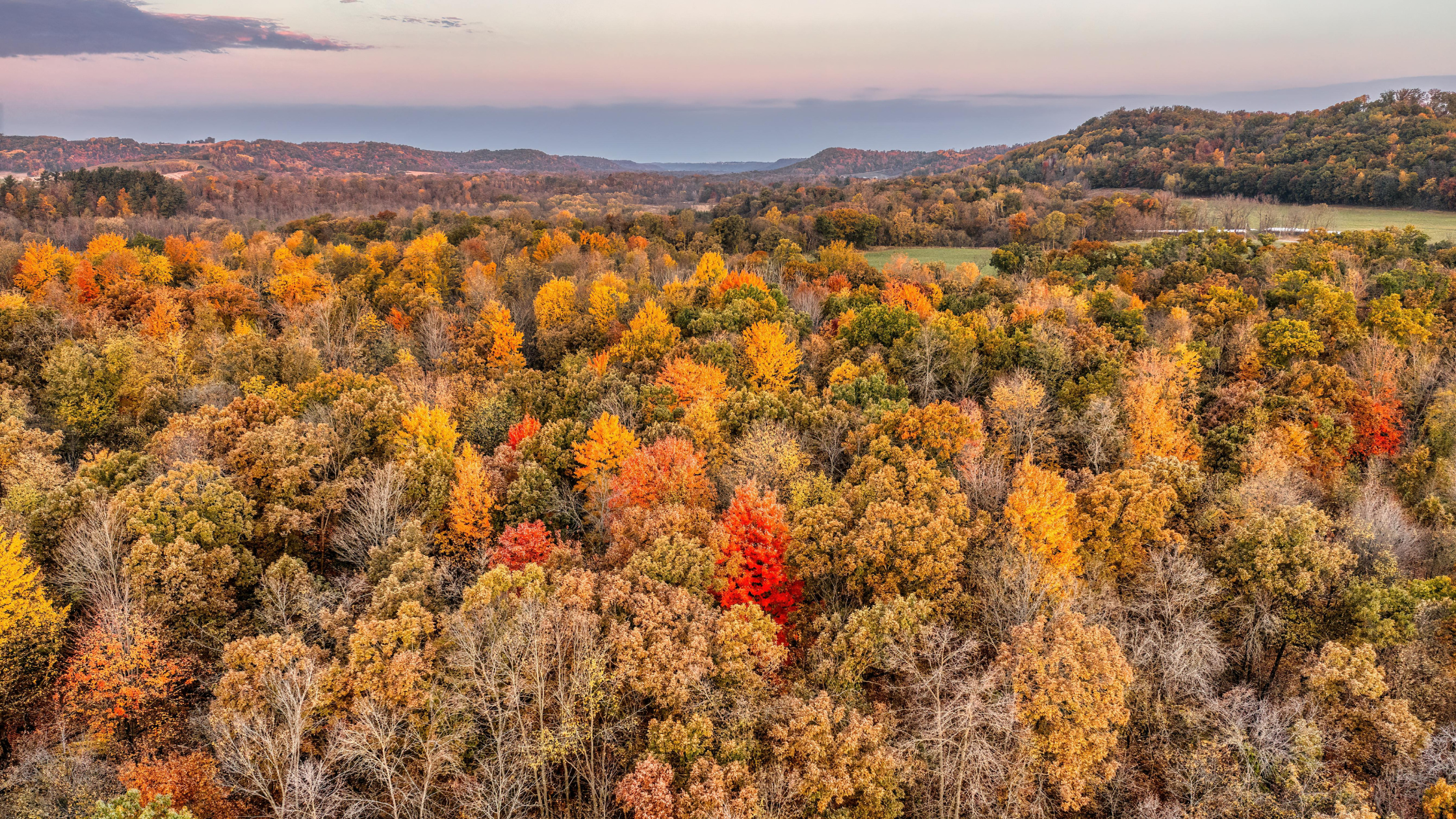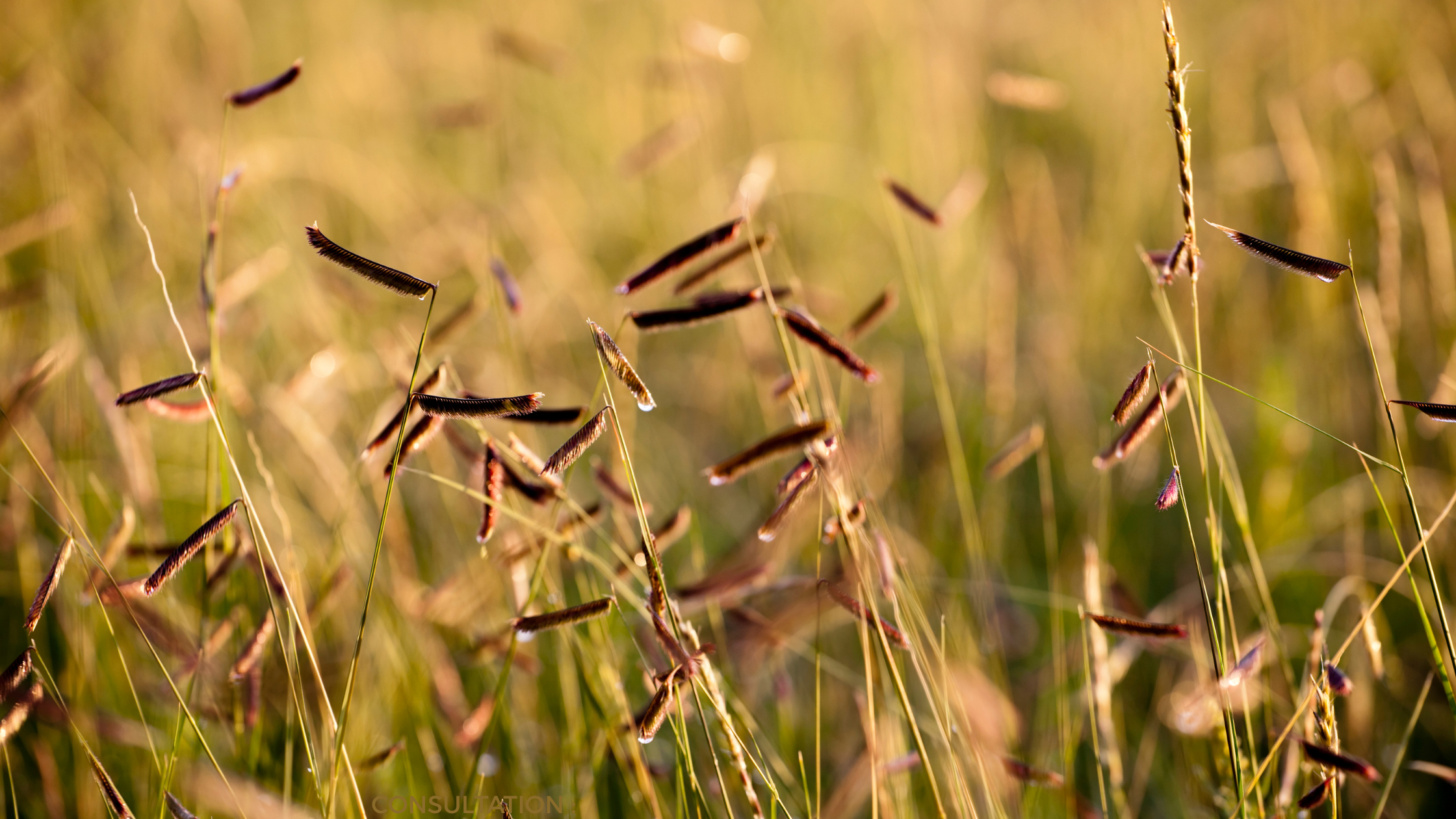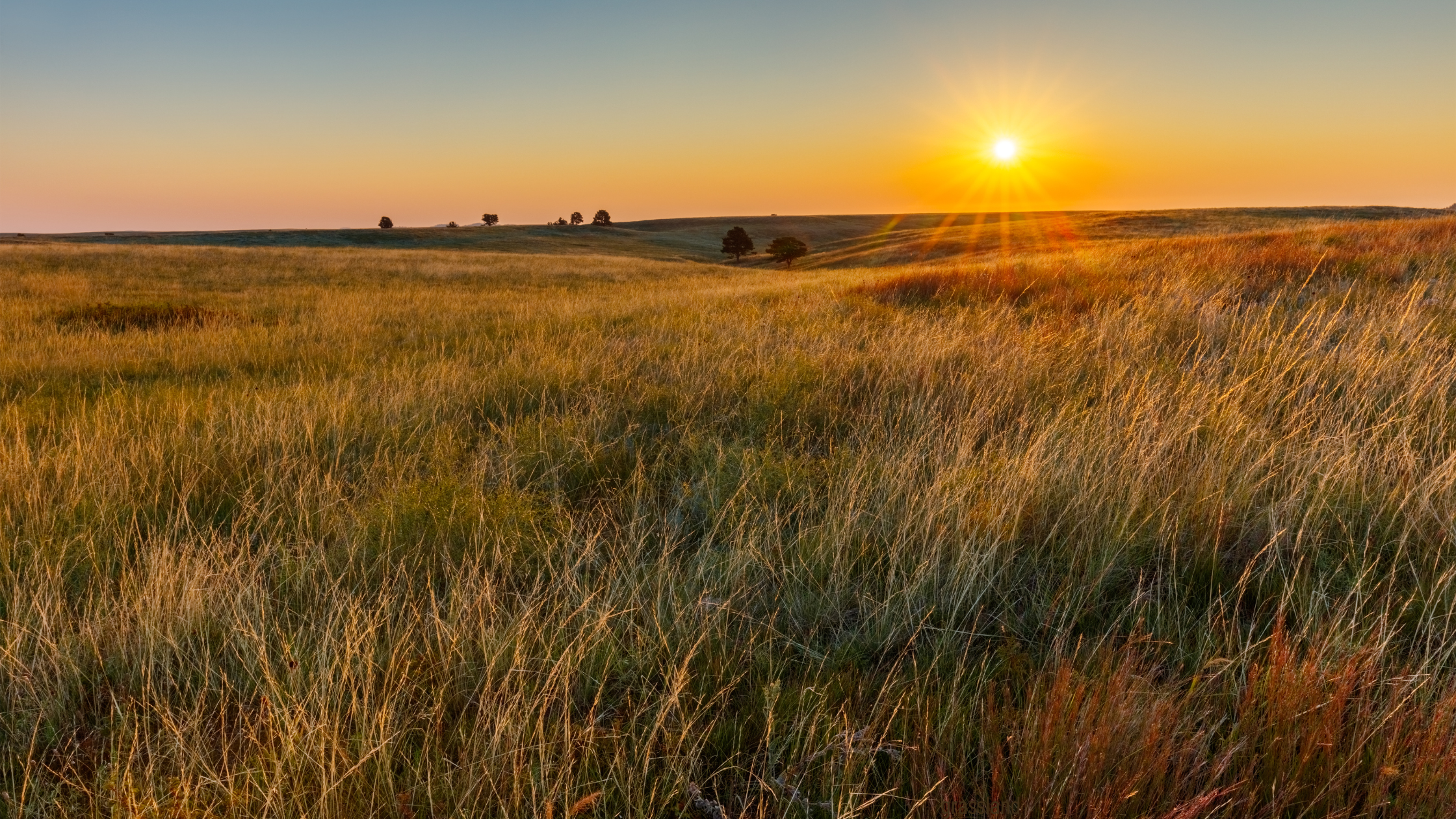Ecosystem Restoration Considerations
When beginning a new project several considerations may go into determining the scope; wildlife and vegetation enhancement, soil stabilization, instream habitat improvements, floodwater storage, nutrient and chemical capture, and last but not least, budget. Obviously, this is not an exhaustive list because we cannot guess every land manager’s objectives, but it does give you a glimpse into considerations for restorations and recreations utilizing native seed.
Vegetation seems to be easy on its face value, right? Simply restore to native vegetation, but it is a bit more complicated than that. You could also say I want to create or restore an ecosystem to pre-settlement conditions. Realize it took Mother Nature thousands of years to develop that complex prairie system or mature oak savanna. Remember it took us hundreds of years in most cases to sully these majestic systems into a degraded shadow of their former selves. It will likely take somewhere between those two timelines to get it back, at minimum a period of three years.
Likewise, realize that today’s environment is different from our forefathers so we will have to make educated guesses of what may be functional in today's and future conditions. We can get back to a vibrant functional ecosystem, but it will take some planning, elbow grease, and time. But most importantly, realize that we cannot create complex and functional ecosystems, we are merely sowing the seeds for Mother Nature to work her magic.
Usually, a good place to start is to determine your sites ecologically beneficial attributes and save and enhance those. An example would be a remnant plant community, a native seed bank, or even consider that a Eurasian meadow may be providing structure for grassland bird nesting. Look at historic aerials to see if you may have remnant woodland or wetland by viewing land use over time, you may have a true gem in the rough. If your site has beneficial attributes, protect and enhance those qualities above all else. In these cases, avoid unnecessarily aggressive tactics such as wholesale killing of the vegetation, broadcast tilling, or mass grading. Rather, bolstering the existing ecosystem through overseeding, planting, controlled burning, and selective weed management are some of the most effective measures. Remember, your bringing nature back, let it breathe. It will take some time, but coaxing a dilapidated remnant back from the brink can be very rewarding once you turn the corner.
In recreating a natural area from the ground up, say a recently active agricultural field or manicured turf, you have a bit more latitude and responsibility in guiding the outcome. Set the goal of the site, is it grassland bird habitat with open fields and short grass prairie, stream bank stabilization with sedge’s tight roots to lock up the soil and defend against invasive species, or pollinator habitat with season-long bloom time and grasses to restore soil organics and regulate temperature and moisture for conservative insects. Don’t forget the basics, yours could be as simple as pure habitat recreation.
A common thread between remnant restoration and natural area recreation are ecosystem threats. These treats could be erosion, nutrient loading, hydrological alteration, or invasive species, anything that will lay waste to your natural area. These threats must be recognized and addressed upfront with impunity, if you don’t they will ruin your new partnership with Mother Nature like no other. How to address these can depend on the severity of a threat, your management ethic, budget, ability and commitment, timeline and many other considerations. Whatever your methodology, ensure an ongoing monitoring and management effort is initiated. As the old saying goes, a stitch in time saves nine.
Another common thread is the ever intimidating species list and plant selection. A properly selected ecosystem species list can provide the building blocks for a resilient and thriving ecosystem and even be a cornerstone species to an entire ecosystem such as an oak in oak woodland. In large-scale restoration we typically are simply attempting to mimic an ecosystem or mimic functions that a thriving ecosystem provides. So, before you start, find a remnant community to reference, one that you would like to emulate. Go to it, observe and get a feel for what you are trying to accomplish, at minimum look at the structure and composition of the plant species and again look at it historic aerials for context. Many professionals even fail at this elementary planning step and they base their recreation project off a human created native landscape, when we really need to seek inspiration from Mother Nature’s master planning. If you do not have a remnant readily available or you would like some additional guidance, certain books contain an awe-inspiring amount of information (i.e. Wilhelm, G. & Rericha, L. (2017) Flora of the Chicago Region. A Floristic and Ecological Synthesis) One of the things I find most interesting and helpful in these books are identified plant associates, groupings of plant species that are commonly found together in nature. These are the initial building blocks for your species list and an excellent check against an off the shelf mix if you have nothing else or no one else to draw from.
The goal of native landscaping or larger scale restoration is the same, stitching our worn and torn ecosystem patchwork blanket back together. To that end, these are design considerations, a launching point into your restoration endeavor, not a be all and end all. More importantly is to learn from nature itself, sit in it for long periods to see, feel, and listen to Mother Nature, there’s no better learnin' than that. Have fun in your research; meet up with your local native plant geeks and restoration nerd groups, tell stories over libations, and borrow some ideas too. Put all that love into your small (or larger) piece of heaven on earth. And lastly, consider permanently saving your gem by placing a conservation easement on it through a local conservation agency.
READ OUR REVIEWS
Daniel
Daniel
★★★★★
Natural communities and specifically Nick has been an
excellent and knowledgeable entity to work with on my big project. With the
help of my school, my students, many community partners, and Natural
Communities, we are in the process of restoring an area on a high school campus
to a natural prairie/pond area. Nick has come out to do site visits, he has
recommended various plant species that would work best for us, and he has been
able to get us what we want wholesale. Our site is not an easy project because
we are restricted to only native plants and native seeds and Natural
Communities has excelled in meeting our needs on this. Overall, I am so glad we
ended up working with Natural Communities because they have helped so much.
Ron
Ron
★★★★★
Our company has worked with Nick Fuller since before he
became Chief Ecological Officer for Natural Communities, LLC. His
knowledge of native plants and native seeds is remarkable. Nick was the
original steward of our 4-acre wildflower/wild grass prairie and has served us
as a reliable consultant ever since 2006. His continuing insights have
helped us to maintain and grow a healthy ecosystem.
Kathy
Kathy
★★★★★
I am extremely pleased with the one hour consultation I had
with Nick Fuller regarding our wetland creek. We have invasive plants and
grasses that have taken over our creek bed and we needed guidance on how to
both effectively remove the invasives and restore the area with native
plants suitable for the creek. Nick asked pertinent questions that allowed Nick
to identify plants and shrubs suitable for the area with a timeline for
planting. Nick also provided a detailed outline of the steps needed to remove the
invasives. I highly recommend Nick to anyone seeking help with their native
plant garden or to anyone interested in growing a native plant garden.
Shane
Shane
★★★★★
Spoke to owner in depth regarding a couple of different
projects I’m working on- very knowledgeable and professional. I plan on
purchasing seed for my projects through Natural Communities and will follow up
in the future if necessary. Highly recommend for native/natural projects!



